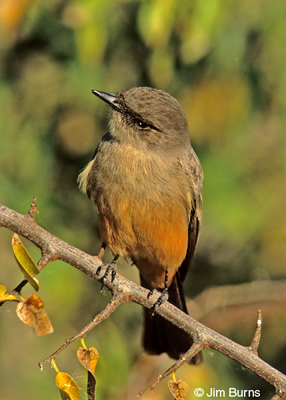
I can’t say for sure why I skipped butterflies, but I can verify what those I’ve followed down this path always say—you can’t look for any two of these three life forms at the same time. This is especially true for those of us primarily interested in photography rather than simple observation and record keeping. Bird discovery requires long focus and looking skyward, butterflies intermediate distance and eye level, odonata close focus and looking downward. These are generalizations, to be sure, but speak to the differences in lifestyle and tolerance for human approach of these three disparate groups of fellow travelers.
It wasn’t always this way. Back in the day when the early giants of ornithology were roaming the West collecting, describing, and assigning taxonomic order to our new country’s theretofore unknown species, generalization was the rule. Imagine accompanying Lewis and Clark across the plains, through the mountains to the sea. The majority of all the life forms were shiny and new, and it would have been mentally and emotionally impossible for a dedicated naturalist to become a specialist.
One of the most traveled and highly regarded of the early nineteenth century naturalists was Thomas Say, professor of natural history at the University of Pennsylvania. Every birder knows Say for the eponymous phoebe named after him, but there’s a little more to the story. Participant in a collecting trip through the West in 1820 which discovered the first of our three North American phoebes, Say was honored in the bird’s scientific name, Muscicapa saya. Subsequently collecting through the Rockies in 1827, Say collected and described our Black Phoebe and named it Tyrannula nigricans, but during later taxonomic revision, Black Phoebe became the type specimen for the genus Sayornis, and Muscicapa Saya then became Sayornis saya, Say’s Phoebe.
So, Thomas Say’s name is all over this flycatcher genus, but actually his primary interests through the years were bugs and mollusks and he is better known in those fields, entomology and conchology, than in ornithology. I know the interesting flow of Say’s name through bird taxonomy thanks to an article by Kenn Kaufman, but I know of his field work with bugs thanks to my switch over to the dark side to begin photographing dragons and damsels. One of my most wanted species in one of the most spectacular families of odonates is Cordulegaster sayi, Say’s Spiketail. You’ll recognize that name, and I’ll get one next March in Florida. Here’s Kenn Kaufman’s punchline—it is ironic and somehow appropriate that a generalist who did his best work with bugs has a whole genus of flycatchers named after him.